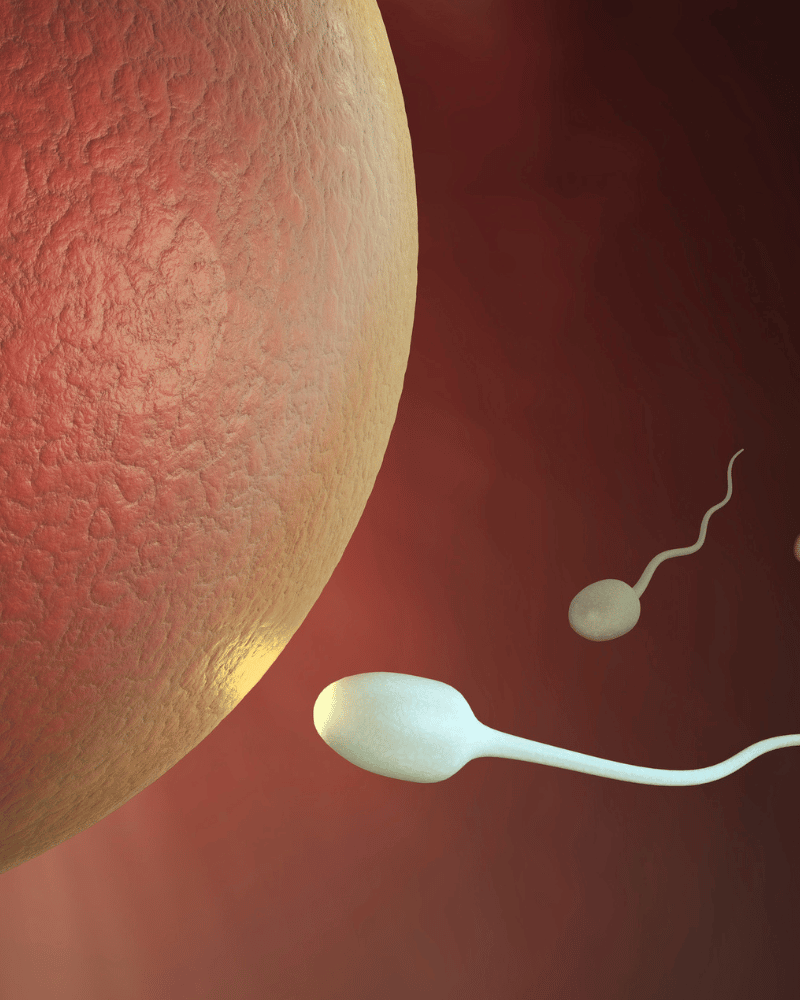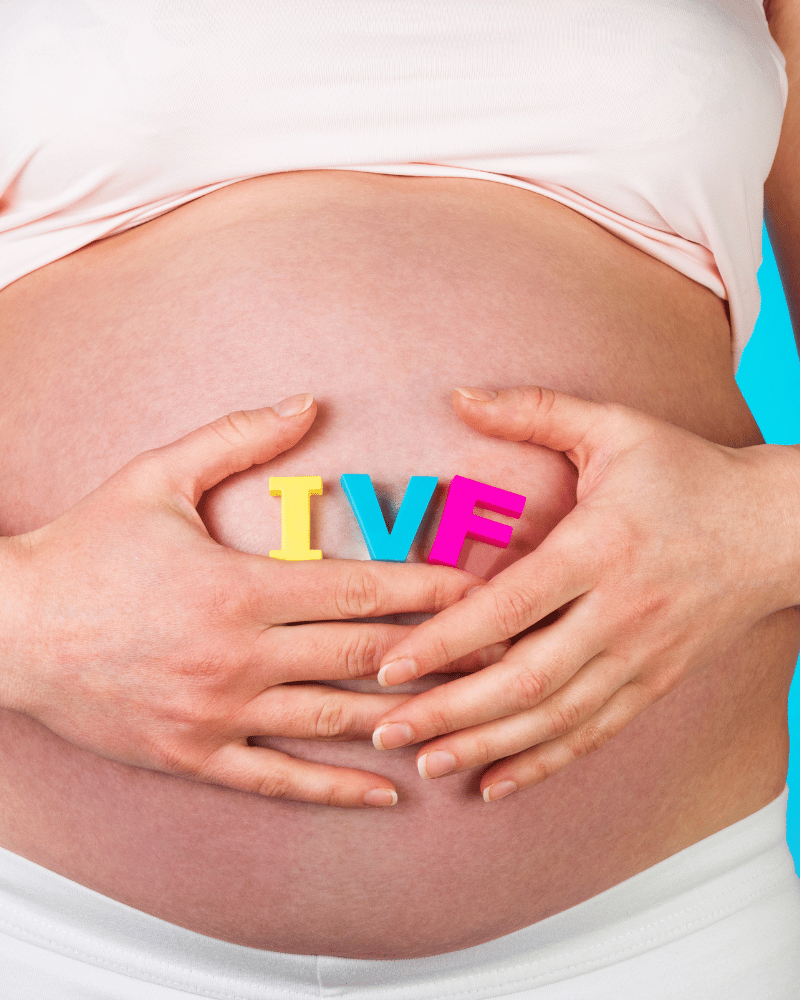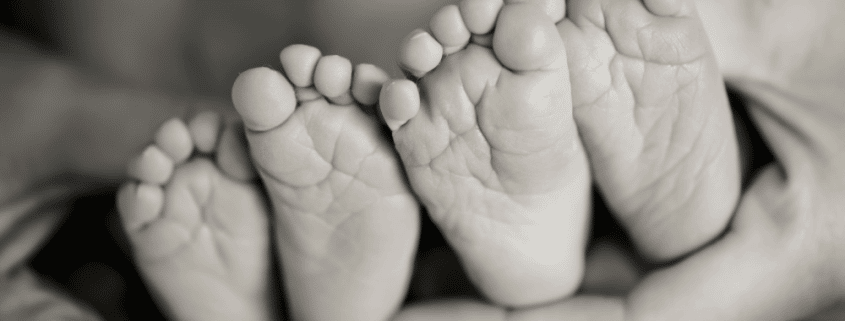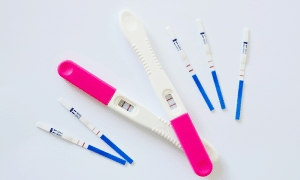What are fraternal twins?
Congratulations, you’re having twins! There are many different types of twins that you can have. In this blog, we’re answering the question, what are fraternal twins?
This article includes:
- What are fraternal twins?
- How do fraternal twins happen?
- What causes a woman to release two eggs in one cycle?
- Do fraternal twins look alike?
- How common are fraternal twins?
- What to expect from twin pregnancies
- What to expect from a fraternal twin birth
- Fraternal twins facts
If you already know that you’re expecting twins, it’s likely that you’re around 12 weeks pregnant. It is usually possible to see twins at this first ultrasound scan.
Your midwife will be able to let you know which type of twins you’re having. Unfortunately, it is not always possible for them to see which type of twins you’re having at the first scan. If the midwife cannot tell, you will be invited for another scan soon after the first one.
You may have:
- Fraternal or dizygotic twins
- Monozygotic twins, identical twins
- Monochorionic monoamniotic twins
- Mirror twins
- Di di twins
Have you just been told your twin type? If so, you might be searching for the fraternal twins meaning, and we’re here to tell you everything you need to know. You might also want to find out how to have twins naturally and what the chances are.
What are fraternal twins?
Fraternal twins are twins that have been formed from two separate eggs. This means they are non-identical, regardless of whether they are same-sex twins or different genders.
While these twins are called fraternal twins, they are often referred to as non-identical or dizygotic twins.

How do fraternal twins happen?
Sometimes, women’s ovaries release two eggs instead of just one. If this happens and a male and female have sex, both eggs could be fertilised by two separate sperm.
This is what happens with fraternal twins, and as a result, two separate embryos are formed. Each embryo has its own amniotic sac and fluid and separate placentas. The placenta is responsible for providing your baby with essential nutrients until they are born.
In comparison, monozygotic twins occur when one fertilised egg splits. Monozygotic twinning can lead to two babies sharing one amniotic sac or having two separate. Monozygotic twins are identical because they split from the same fertilised egg!
Some identical twins can share the same sac and placenta too, and they are then referred to as monochorionic monoamniotic twins. This type of twin pregnancy is rare.
Twins run in the mother’s genes, so it completely depends on their eggs whether twins are formed.
What causes a woman to release two eggs in one cycle?
Hyperovulation or multiple ovulation is what causes a woman to release more than one egg. During a woman’s monthly cycle, a single egg is released for potential fertilisation. Sometimes, two eggs can be released, which can lead to a twin pregnancy.
Hyperovulation can occur when one ovary releases multiple eggs or when both ovaries release one egg. Having a professional ultrasound is the only way to check for hyperovulation.
It’s difficult to say the chances of someone hyperovulating, and it can depend on many factors.
Here are some situations where hyperovulation chances can be increased:
- Certain genetics
- Stopping the use of birth control
- Suffering from polycystic ovary syndrome (PCOS)
- Having IVF treatment (more eggs are encouraged)

Do fraternal twins look alike?
Fraternal twins are non-identical twins and tend to look no more alike than other siblings. This is because they do not share the same high levels of DNA as identical twins share. Fraternal twins may share the same eye colour or hair colour. This is because fraternal twins share around 50% of the same DNA or genetic makeup.
How common are fraternal twins?
Fraternal twins are the most common type of twin pregnancy and they are also one of the safest types. Healthcare professionals will use growth scans to monitor how your babies are growing. They will be able to offer advice and further support if necessary.
Your chances of having fraternal twins can be increased by:
- Twins/multiple births running in your family
- Higher maternal age (mother’s age is 35 years plus)
- Being of African heritage
- Being overweight
- Fertility treatments (IVF) or fertility drugs
- Being taller than average
The chances of carrying identical twins are around 1 in 250. Some of the above circumstances can also increase the chances of having identical twins.

What to expect from twin pregnancies
During a twin pregnancy, you might expect to feel symptoms a little earlier. While this is not always the case, some women find their pregnancy symptoms are more intense.
This means that you may feel the common pregnancy symptoms a little more. You may even be able to feel the babies moving in different places at the same time.
Depending on the type of twin pregnancy you are having, you may be invited for more regular appointments. This is to ensure that you and your babies are healthy. It’s very important to attend all pregnancy appointments whether you’re having a singleton pregnancy, identical or fraternal twins.
Before you find out you’re having twins, you should have a blood test to test your HCG. HCG levels with twins are typically higher, so this may be an indication, though it doesn’t always mean you’re having twins.
What to expect from a fraternal twin birth
Giving birth may feel like a long way off yet, but it’ll likely come around fast! Many twin births are sooner than the expected due date. Babies born before 37 weeks pregnant are classed as a premature birth. In some cases, this may be planned. Many twins arrive around the 37-week mark and you may deliver twins with a c-section. This means they may have a low birth weight.
You can speak to your midwife about your birthing plans for your multiple pregnancy. They may suggest that you give birth at the hospital so that care can be given more easily. There can be an increased risk of complications during a twin birth, but you will be advised on what’s best for you.

Fraternal twins facts
Fraternal twins account for nearly two-thirds of all twin pregnancies
You don’t need to worry about fraternal twinning; it’s pretty common! There is lots of twin research and knowledge already discovered. You can be confident that professionals can give you the best advice during your twin pregnancy and twin birth. This applies regardless of the types of twins you may be having.
They can be the same gender or different
A fraternal twin boy and girl set are just as likely to be the same gender. It is down to the chromosomes in the father’s sperm that determine the sex of a baby. A girl has XX chromosomes, and a boy has XY. Identical twinning means the babies are the same sex.
Fraternal twins can run in the family
That’s right! Do you know someone in your family who has had twins? Perhaps you are a non-identical twin! According to research, a woman who is a fraternal twin has a 1 in 17 chance of having them too.
We hope this article has been useful and wish you all the luck with your twin pregnancy. Let your doctor know if you suspect that you’re having twins. They will be able to give you the best advice for fraternal and identical twins. Enjoy the rest of your pregnancy!
Hey there, I’m Abigail!
In 2022, I graduated with a First Class Degree in Marketing and since then, I have been working as a blogger and Marketing Assistant. Before heading to university, I also achieved a BTEC in Children’s Play, Learning and Development.
I have been blogging for over four years and have covered many topics during this time. My focus has been on pregnancy, babies, sleep and baby name ideas.
I am passionate about learning new things and helping others. I hope that you find my blogs useful and informative. See you in the next article!


















